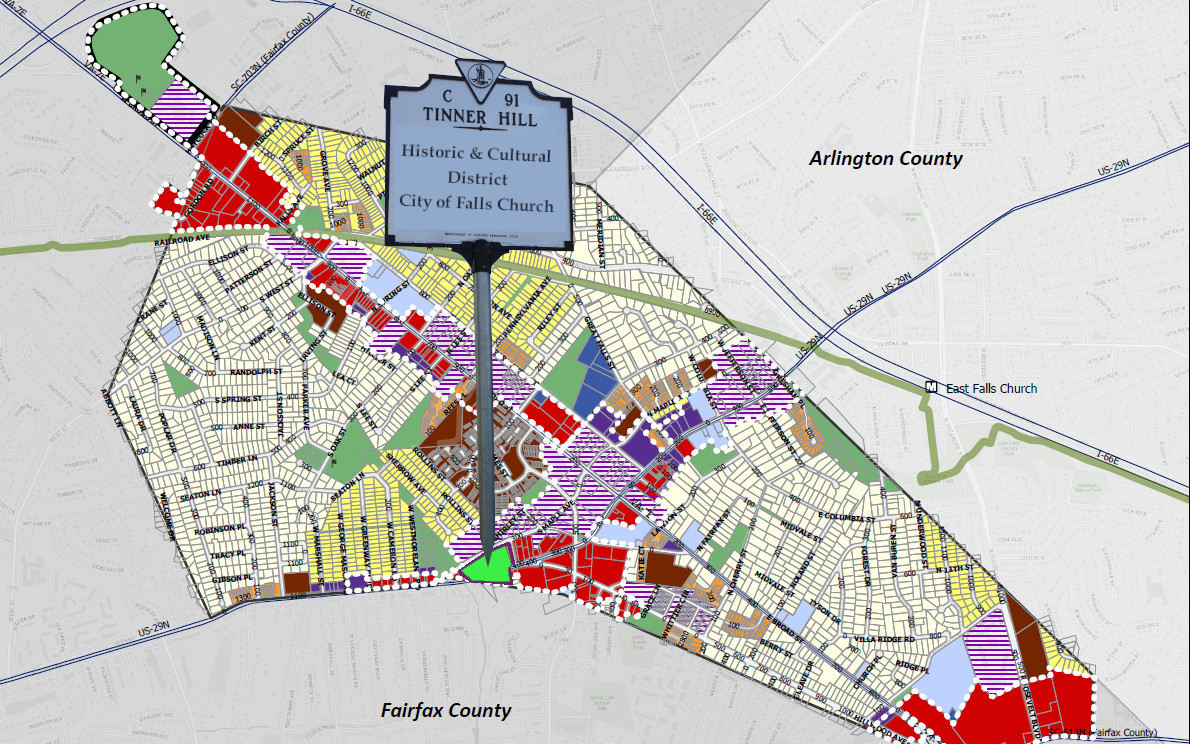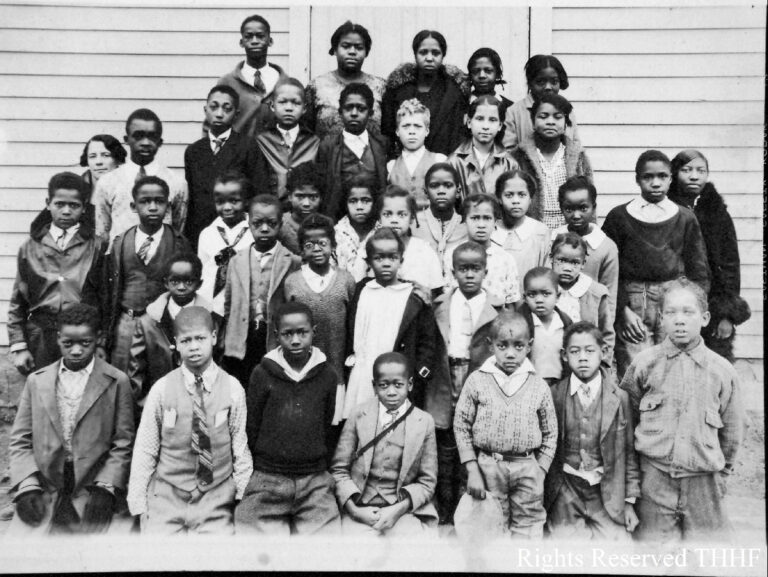Establishing the Tinner Hill Historic and Cultural District in the Falls Church Comprehensive Plan
Update
City Council voted unanimously to approve the Tinner Hill Historic and Cultural District at their June 24, 2024, meeting. The main change to the initial draft was to not separately identify a core district but to identify the entire area as one. The final Comprehensive Plan amendment (Chapter 3) can be found here : The Tinner Hill Historic & Cultural District.
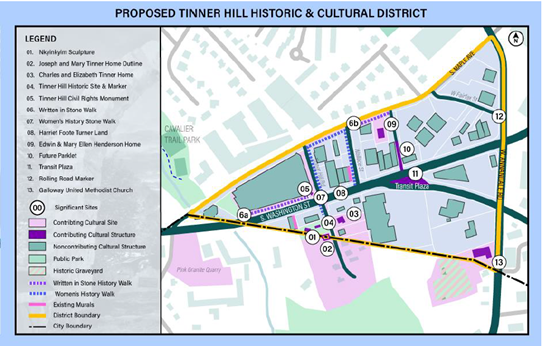
Many people in the community, especially the Tinner Hill Foundation, worked with the City staff to bring this about and they were at the meeting to witness the approval. City Council thanked them for their hard work and dedication and invited them to assemble for a photo to remember that evening.
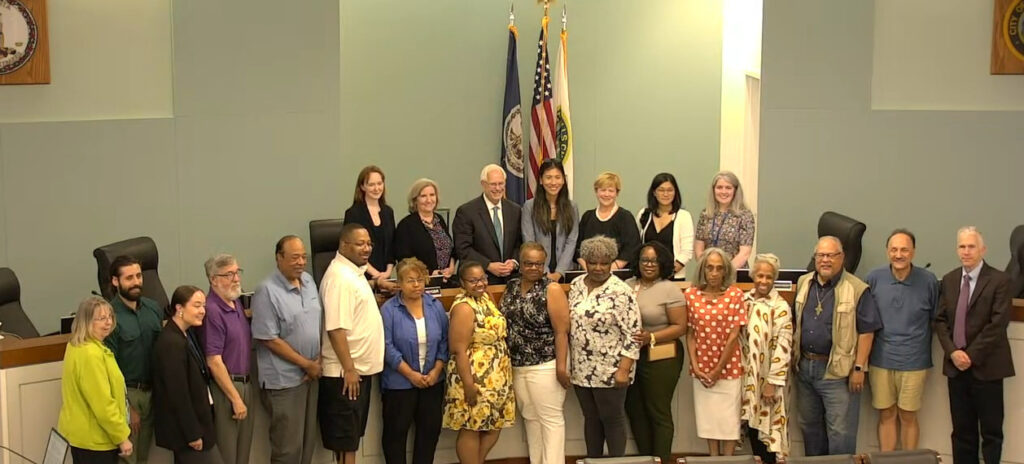
February 9, 2024
Summary
At the City Council meeting on January 16, 2024, City staff presented an amendment to the City’s Comprehensive Plan to establish the Tinner Hill area as an historic and cultural district. This is the culmination of the efforts of the Falls Church Historical Commission and the Tinner Hill Heritage Foundation to recognize the struggles and achievements of the African American community who lived there, especially in their fight against segregation laws that the Town Council of Falls Church passed in 1915.
Background: A brief history of Tinner Hill
The Tinner Hill and surrounding area was once home to a thriving African American community. Tinner Hill takes its name from its residents, patriarch Charles Tinner and his family, who were stone masons. The pink granite they favored came from the nearby Tripp’s quarry. Like many African American communities in Virginia, they were subject to segregation and Jim Crow laws.
Between 1887 and 1890, Falls Church retroceded over a third of its land to Fairfax County to reduce the number of black voters, who were almost entirely Republicans as opposed to the whites who were Democrats. The gerrymandering reduced the percentage of black voters from an estimated 37% to 15%. (In 1873 there were 632 registered voters of whom 232 were black.) Tinner Hill today lies partially in Fairfax County and the City.
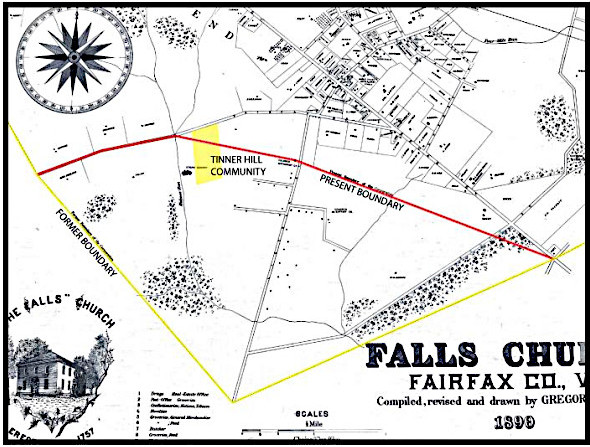
Then in 1915, the Town Council of Falls Church passed a discriminatory law segregating most of Falls Church as a “white district” where blacks would not be able to purchase or rent property, and 5% of the area to blacks. There are property deeds in the City that carry racially restrictive covenants that reflect this law. An example taken from the 1922 deed records for the Woodland subdivision, the area between Pennsylvania Avenue and N Oak Street, is shown below.
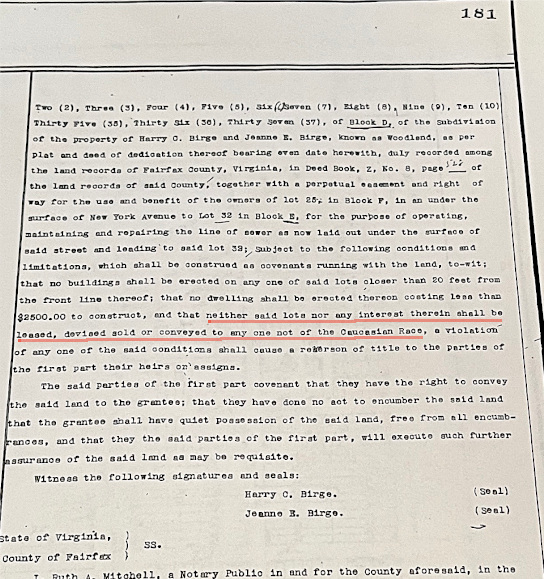
Despite cross burnings and a strong Ku Klux Clan presence, E.B. Henderson and Joseph Tinner led a successful challenge to prevent that law from being enforced. The first rural chapter of the NCAAP was established here as a result of their activism.
Local historian, Edwin B. Henderson, has written a post about the African American experience in Falls Church’s Black History: A Welcoming Community That Has Not Always Been So Welcoming. The Tinner Hill Heritage Foundation website contains photos and source documents of the history. Tinner Hill is also the subject of a Virginia Tech study of how history impacts landscape in “Tinner Hill: A Witness to Civil Rights”, by Anna Buczkowska, Basem Saah, and Paul Kelsch. The video below, produced by the Tinner Hill Heritage Foundation, highlights the Tinner Hill history (10 min).
Amendment to establish the Tinner Hill Historic and Cultural District
Edwin B. Henderson, founder of the Tinner Hill Heritage Foundation, and Ronald Anzalone, chair of the Falls Church Historical Commission, have worked for many years to educate and inform
the City on the rich African American history of the Tinner Hill area. A formal request[EH1] was submitted to City Council by the Historical Commission in a memorandum on April 17, 2023. Their efforts led to the City proposing an amendment to the City’s Comprehensive Plan to establish the Tinner Hill area as an historic and cultural district. (The Comprehensive Plan serves as a blueprint for development in the City.) The designation of “historic and cultural” is honorific and would not impact zoning, permitting, or taxation.

The proposed district includes two areas – The Core area and Related Sites outside the core. The Core is a cluster of historic and cultural sites currently located in Tinner Hill that are significant to the original community. The following sites, shown on the map, encompass the Core of the Tinner Hill Historic & Cultural District:
- Charles and Mary Elizabeth Tinner House
- Joseph and Mary Tinner Home Outline (demolished)
- The Henderson House, home of civil rights leader E.B. Henderson and his school teacher wife, Mary Ellen Henderson
. - The Tinner Hill Civil Rights Monument
- The Tinner Hill Historic Site Marker
- The Zig Zag (Adinkra) Sculpture – follows the gerrymandering border of 1887
Outside of this Core area:
- The Tripps Quarry where the Tinners worked
- The Galloway United Methodist Church
- Written in Stone Walking Trail
The amendment will include brief biographies of key leaders and historic figures associated with the Tinner Hill community. They include Charles and Mary Elizabeth Tinner, Edwin Bancroft (E.B.) Henderson, Eliza Henderson, George and Harriet Brice, Harriet Foote Turner, Joseph Tinner, and Mary Ellen Henderson.
Council Discussion
The City Council was unanimously supportive of this amendment. Councilmember Marybeth Connelly pointed out that the road is called “Tinners Hill” while the district is called “Tinner Hill.” She also suggested that the area’s women’s history sites be included in the newly defined district. Ms. Connelly further asked that the proposed Rolling Road Park in the Quinn Homestretch project be included. Rolling Road Park intends to honor the African American history of that area.
Councilmember David Snyder asked that the history section of the amendment include the City Council’s repudiation of the segregation law of 1915 in 1999. (When the City of Falls Church was incorporated in 1948, this law was not included in its articles. Nonetheless, the City Council chose to formally repudiate it in 1999.) He also asked that the amendment acknowledge the work with the Tinner Hill Heritage Foundation and the county on the Civil Rights Monuments, the Civil Rights Center, etc., to bring the history up to date.
Councilmember Erin Flynn suggested that the work be coordinated with Fairfax County as the area extends into Fairfax County. She hoped that public engagements regarding the amendment would help identify the historical elements on which to focus and explore how to present them effectively. (Fairfax County already recognizes many Tinner Hill sites as historic sites.)
Councilmember Justine Underhill asked if there would be a move to “downzone” the area in recognition of its historical significance. City Manager Wyatt Shields replied that while it is not in this amendment, some residents of Tinners Hill Road and Liberty Avenue have asked for a rezoning of the area from Commercial to Residential. That issue will be discussed at a later date.
Councilmember Caroline Lian asked whether there should be a distinction between the Core area and the wider area, and whether the boundary should be expanded to include the Rolling Road Park. Staff explained that the Core area was drawn around the original area of Tinner Hill where most of the historical sites are located.
What happens next?
The amendment will be brought before the Planning Commission and opened to the wider community, boards, and commissions for input. Staff expect this amendment to return to the City Council for final consideration in May.

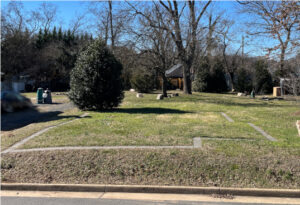
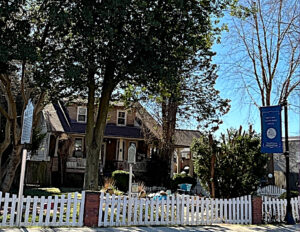
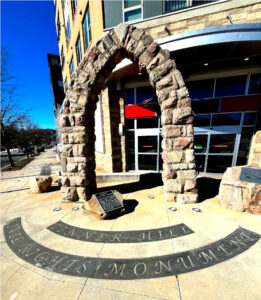

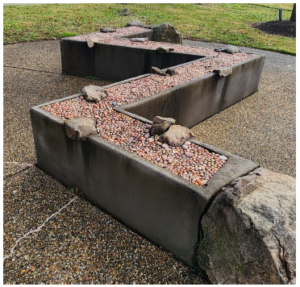
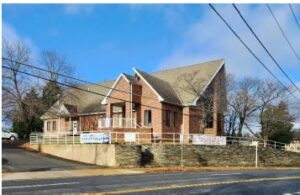
References
- Tinner Hill Historic & Cultural District staff report, January 16, 2024
- Tinner Hill Historic & Cultural District – draft amendment, January 16, 2024
- Historical Commission Tinner Hill memorandum, April 17, 2023
- Tinner Hill, Virginia: A Witness to Civil Rights, Anna Buczkowska, Basem Saah, and Paul Kelsch, July 30, 2011
- Racist F.C. Past Unveiled In Land Covenants, Charlie Clark, February 3, 2023, Falls Church News Press
- Chapter 3 Update: The Tinner Hill Historic & Cultural District. The Falls Church City government webpage.

